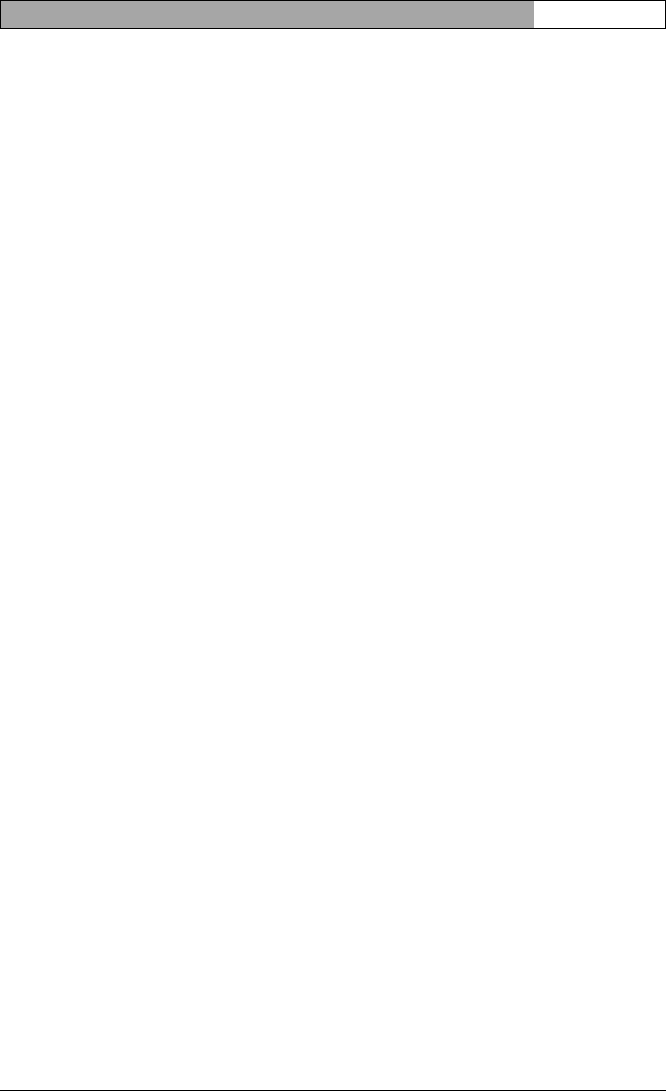
VideoJet 8008 / VideoJet 8004 | Installation and Operating Manual
EN | 75
Bosch Security Systems | 2006-07 | V1.5 Configuration using a Web browser
Target data rate:
You can limit the data rate for the unit to optimize utilization of the bandwidth in
your network. The target data rate should be set according to the desired picture
quality for typical scenes with no excessive motion.
For complex images or frequent changes of image content due to frequent
movements, this limit can be temporarily exceeded up to the value you enter in
the Max. data rate field.
Max. data rate:
This maximum data rate is not exceeded under any circumstances. Depending
on the video quality settings for the I- and P-frames, this fact can result in indi-
vidual images being skipped.
The value entered here should be at least 10% higher than the value entered in
the Target data rate field.
P-frame video quality:
This setting allows you to adjust the image quality of the P-frames depending on
the movement within the image. The Auto option automatically adjusts to the
optimum combination of movement and image definition (focus). Selecting
Manual allows you to set a value between 4 and 31 on the slide bar. The value
4 represents the best image quality with, if necessary, a lower frame refresh rate
depending on the settings for the maximum data rate. A value of 31 results in a
very high refresh rate and lower image quality.
I-frame video quality:
This setting allows you to adjust the image quality of the I-frames. The Auto
option automatically adjusts the quality to the settings for the P-frame video
quality. Selecting Manual allows you to set a value between 4 and 31 on the
slide bar. The value 4 represents the best image quality with, if necessary, a
lower frame refresh rate depending on the settings for the maximum data rate.
A value of 31 results in a very high refresh rate and lower image quality.
I-frame distance:
This parameter allows you to set the intervals in which the I-frames will be
coded. 0 means auto mode, whereby the video server inserts I-frames as nec-
essary. An entry of 1 indicates that I-frames are continuously generated. An
entry of 2 indicates that only every second image is an I-frame, and 3 only every
third image etc.; the frames in between are coded as P-frames.


















